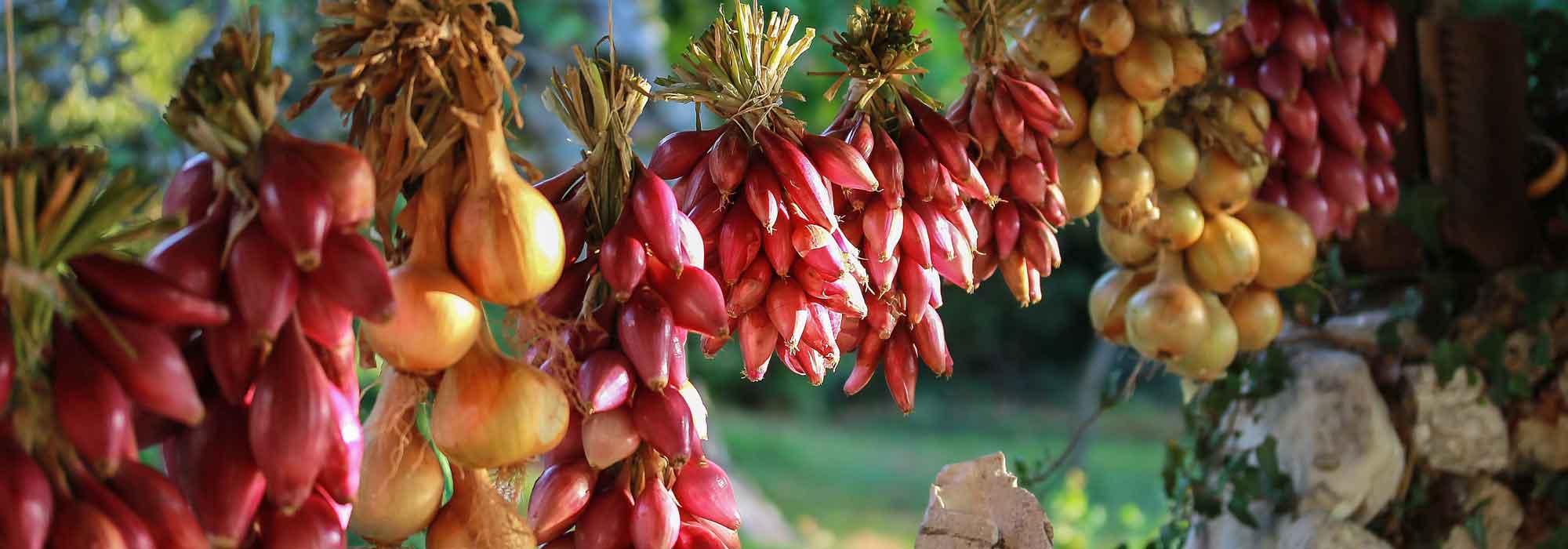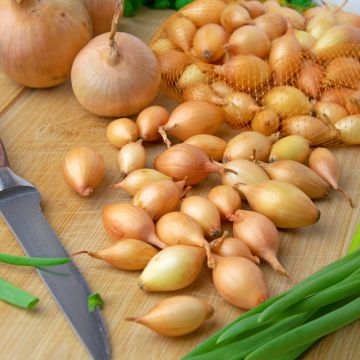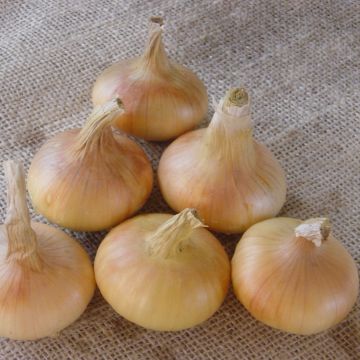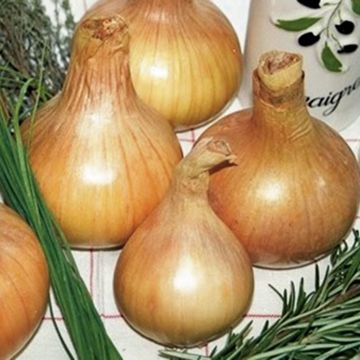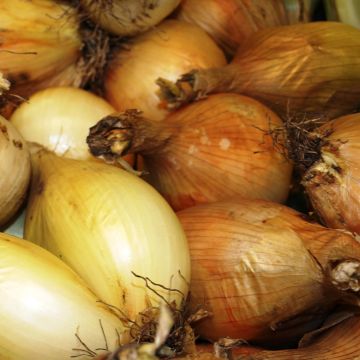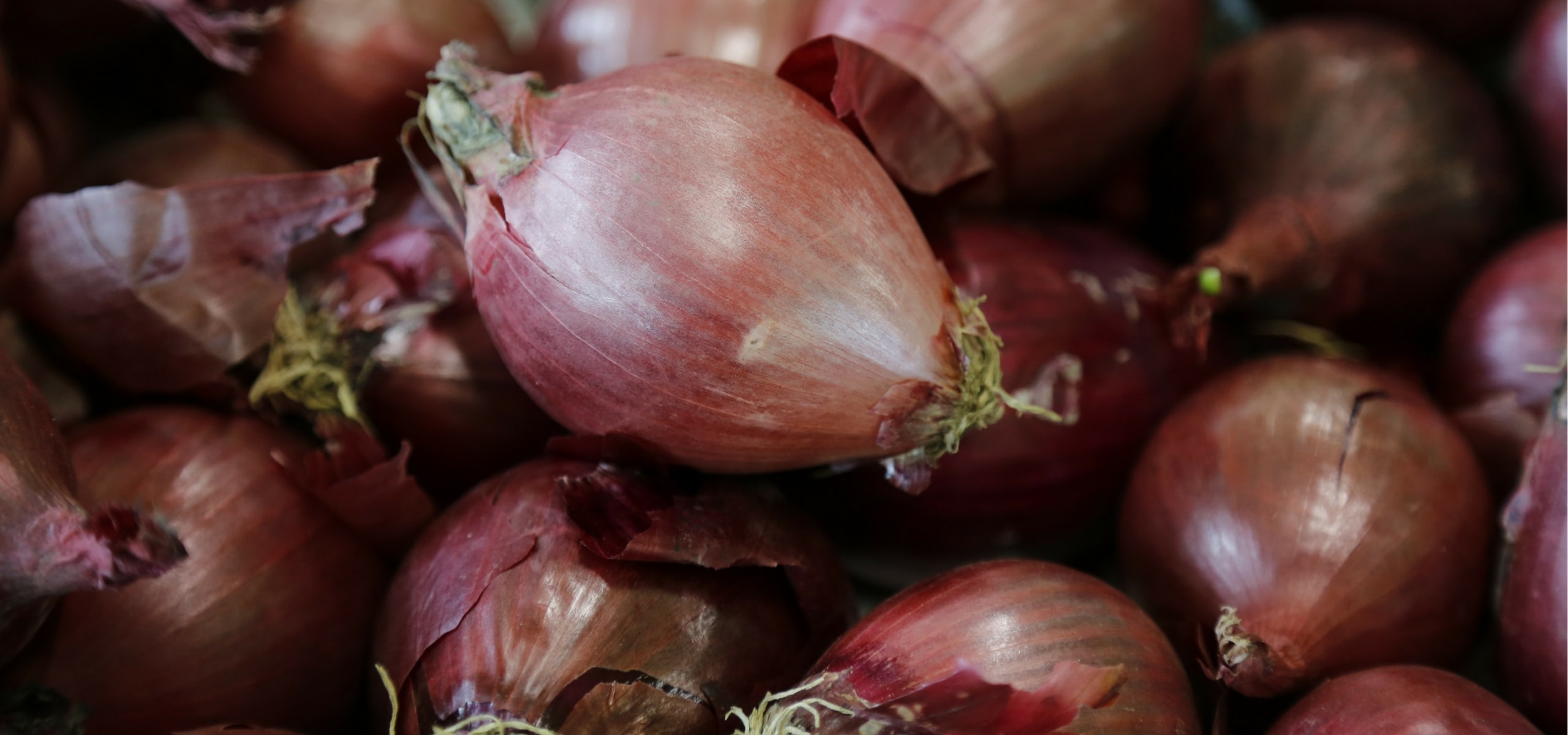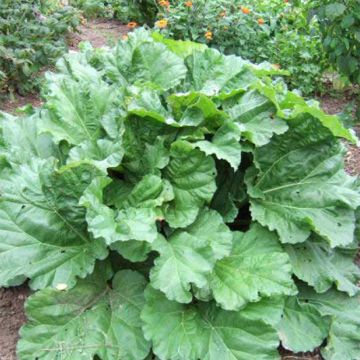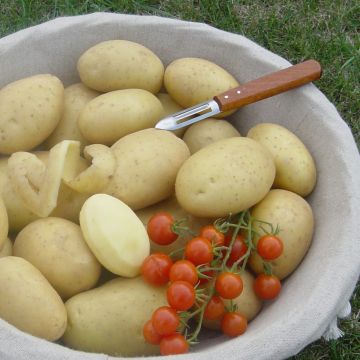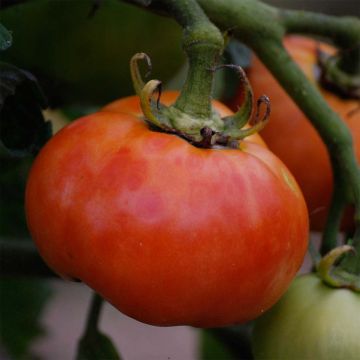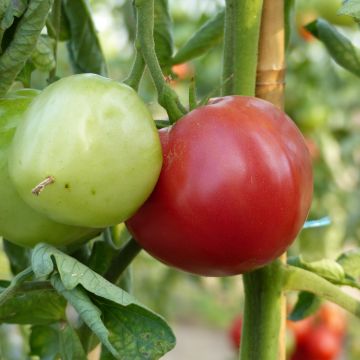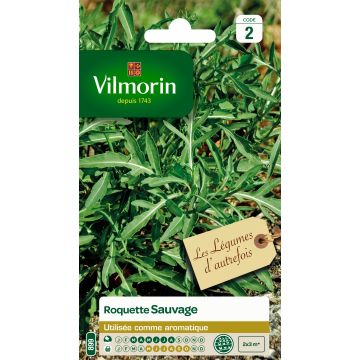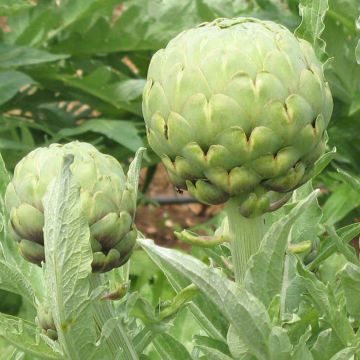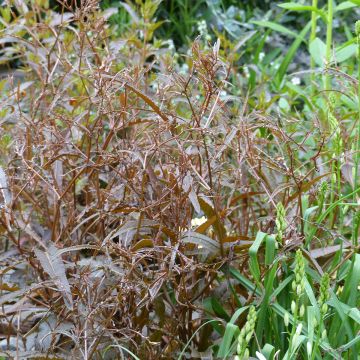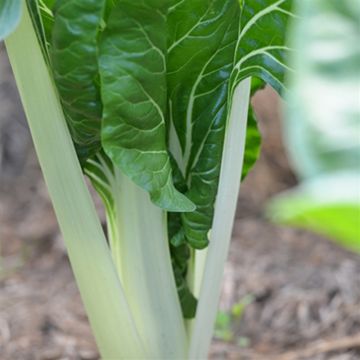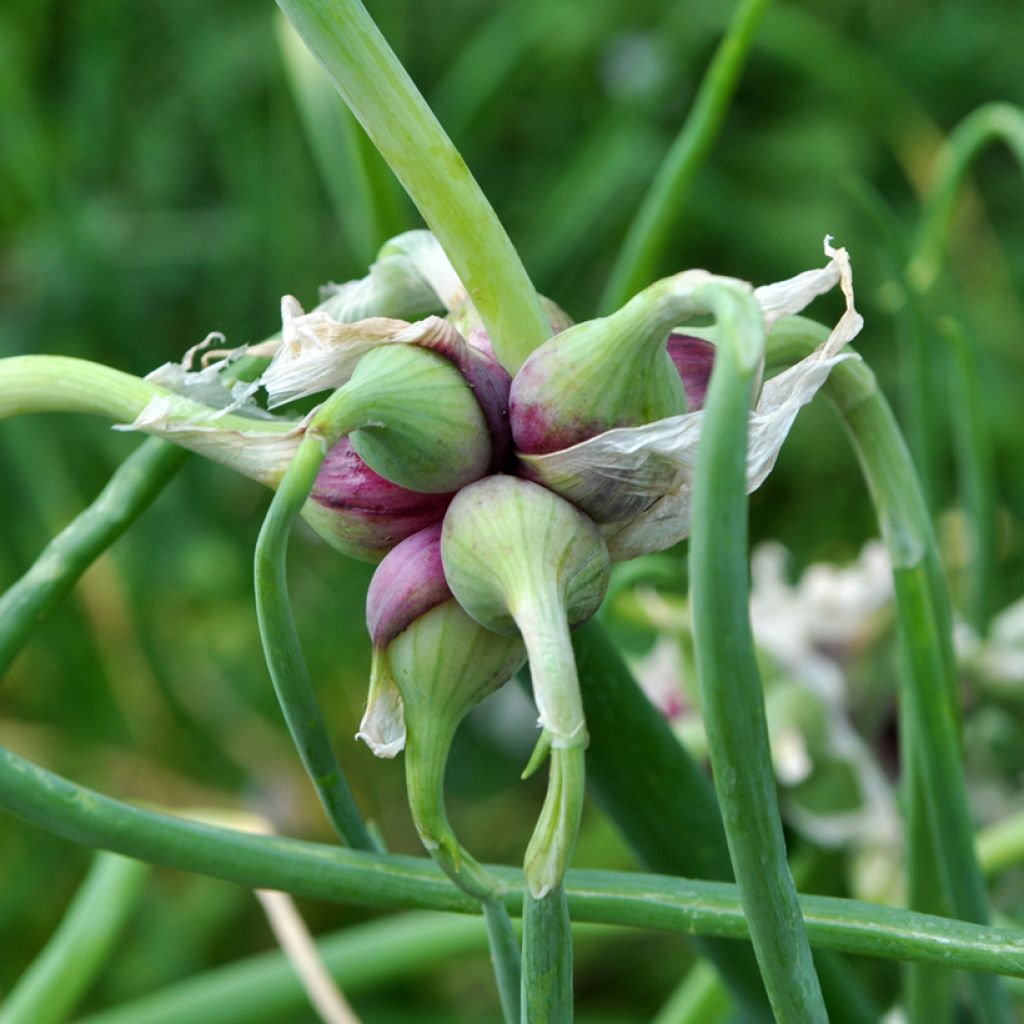

Tree onion - Allium proliferum
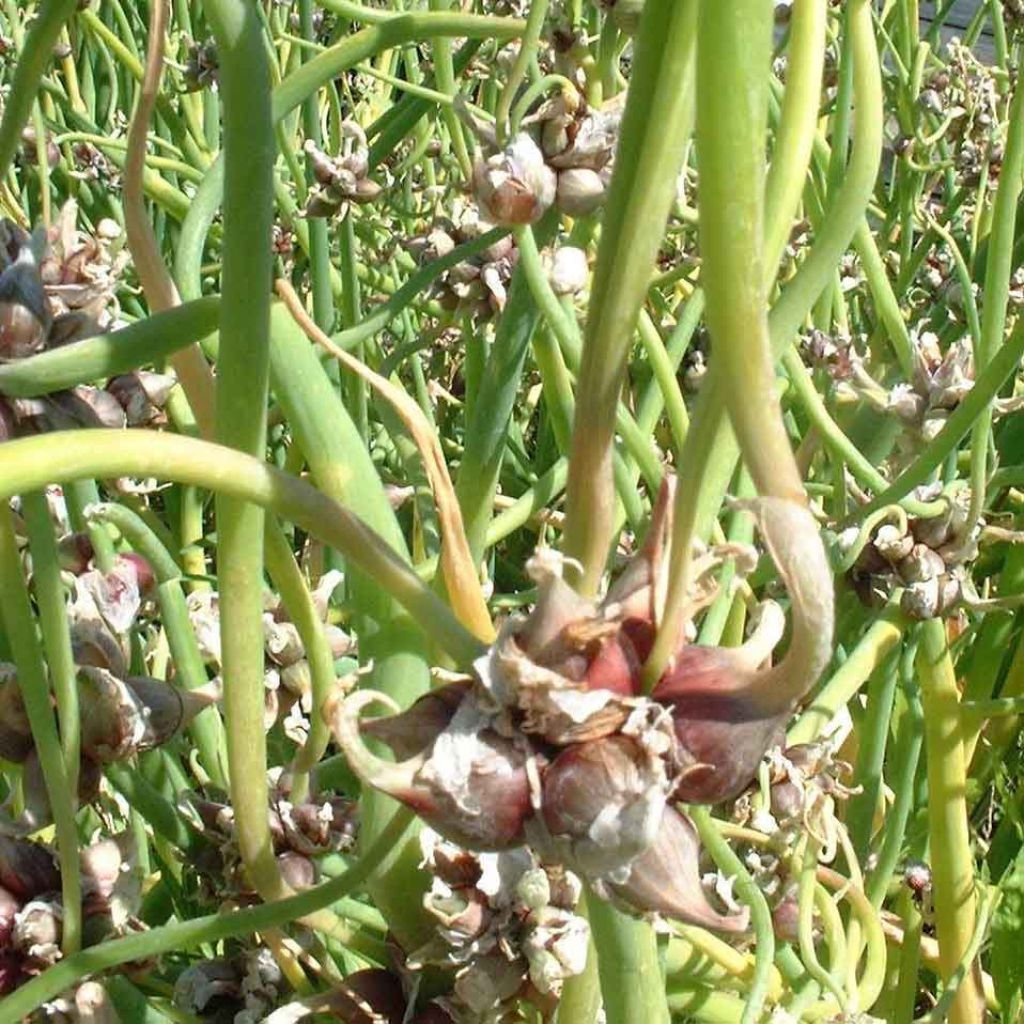

Tree onion - Allium proliferum
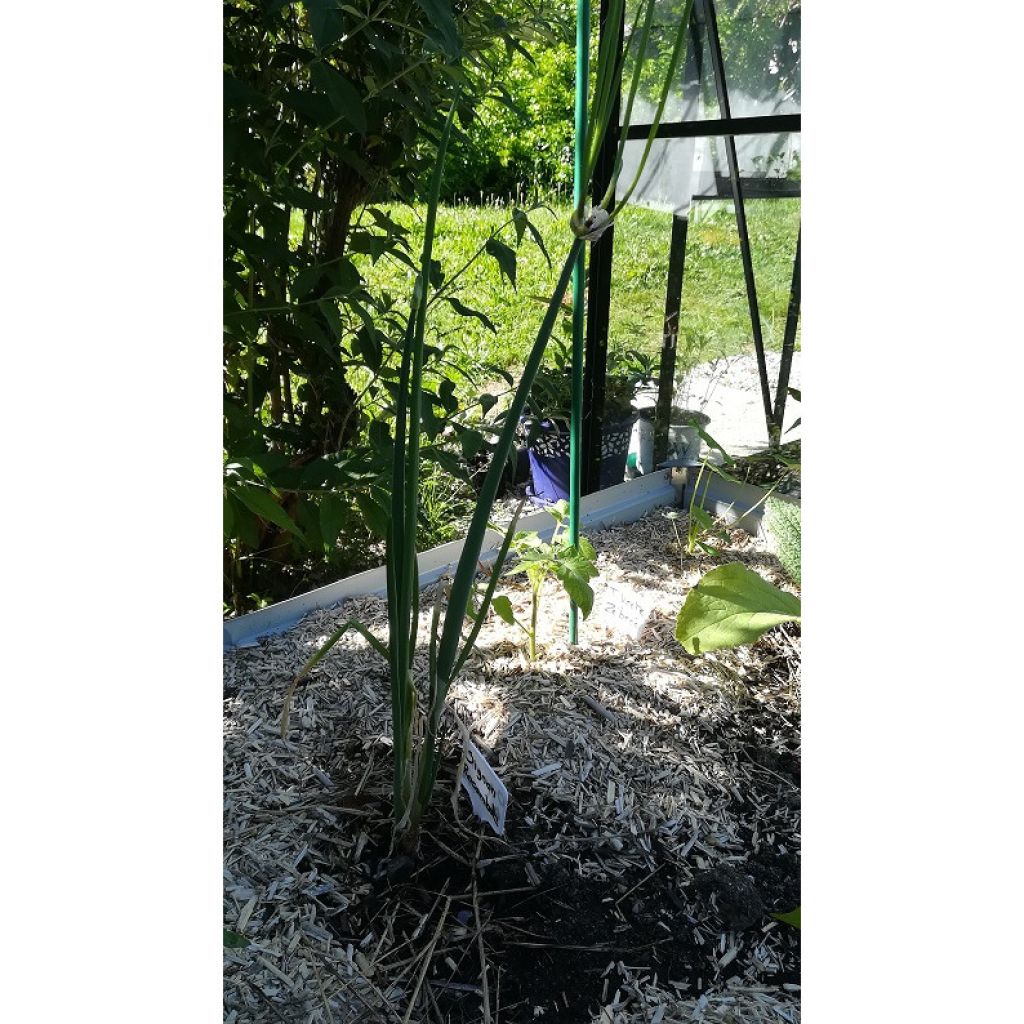

Tree onion - Allium proliferum
View more pictures
Hide images

Elise A.

Plant condition in spring
Elise A. • 51 FR
Tree onion - Allium proliferum
Allium x proliferum
Rocambole Onion, Egyptian Onion
Excellent recovery of the 2 pots that arrived in early November but were kept in the conservatory all winter. They were transplanted in the spring: they are blooming and growing fuller.
Manoëlle, 29/05/2022
Special offer!
Receive a €20 voucher for any order over €90 (excluding delivery costs, credit notes, and plastic-free options)!
1- Add your favorite plants to your cart.
2- Once you have reached €90, confirm your order (you can even choose the delivery date!).
3- As soon as your order is shipped, you will receive an email containing your voucher code, valid for 3 months (90 days).
Your voucher is unique and can only be used once, for any order with a minimum value of €20, excluding delivery costs.
Can be combined with other current offers, non-divisible and non-refundable.
Home or relay delivery (depending on size and destination)
Schedule delivery date,
and select date in basket
This plant carries a 6 months recovery warranty
More information
We guarantee the quality of our plants for a full growing cycle, and will replace at our expense any plant that fails to recover under normal climatic and planting conditions.
Description
The 'Rocambole' Onion, also known as the Tree Onion or Egyptian Onion, is a variety that has the peculiarity of producing aerial bulblets. A very hardy perennial plant, the Rocambole Onion can remain in the vegetable garden for several years, making it ideal for permaculture. This ancient vegetable is grown for its shallots and its leaves, which can be consumed like chives. Plant it in spring, from March to May, or in autumn, in September - October.
Native to southern Europe and Egypt, the 'Rocambole' Onion, just like the 'Rocambole' Garlic, is recognised by its aerial bulblets that appear during the summer. Its leaves are long and hollow, with a bluish-green color. The stem has the peculiarity of bearing bulblets grouped in 1 to 2 layers at its top, initially green and then turning coppery red. If the bulblets are not harvested, the stems will dry out in autumn and bend down to the ground, allowing the bulblets to root in the soil. It is a perennial plant and very hardy, capable of remaining in the vegetable garden for several years (approximately 5 years).
In terms of cuisine, the Tree Onion has a similar flavour to shallots. The bulblets can be pickled in vinegar, while the finely chopped leaves add wonderful flavour to omelettes and fresh cheeses.
Harvesting: In summer, cut the stems carrying the aerial bulblets. The foliage is harvested while still green. The aerial bulblets can be harvested for culinary use or to renew the plants.
Storage: The foliage of the Egyptian Onion should be consumed quickly. The bulblets can be stored in a cool and dry place.
Gardener's tip: Plant some Tree Onion, not in the vegetable garden but in the garden as an ornamental plant, to add a touch of originality!
Tree onion - Allium proliferum in pictures
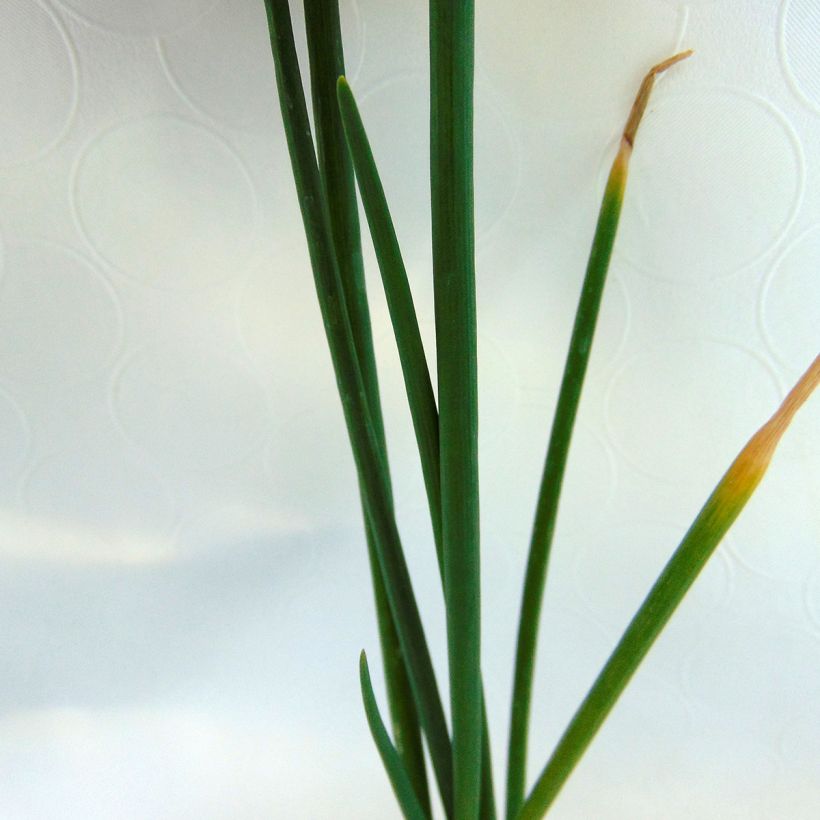

Harvest
Plant habit
Foliage
Other Onion heads
View all →Planting and care
The 'Rocambole' Onion is cultivated like other Onion varieties. It prefers well-drained soil, light with a sandy tendency and without recent manure (for at least 1 year). Plant it in a sunny location where you haven't grown vegetables from the same family (shallot, garlic, and leek) in recent years. If your soil is very wet, add some sand to it. Planting on mounds will facilitate water drainage and slightly increase the temperature of the soil. Rocambole Onion can be planted in spring, from March to May, or in autumn, in September - October.
Space the rows 25 cm (10in) apart. Loosen the soil. Build up the soil along the entire row to form a mound 10 to 15 cm (4 to 6in) high. Flatten the top. Plant the bulbs every 25 cm (10in) and water lightly.
Hoe and weed, especially at the beginning of cultivation. Mulching is not necessary. Only water in case of drought.
Note: 'Rocambole' Onion is less susceptible to diseases, pests, or excessive moisture than other Onion varieties.
Approximately every 5 years, it is necessary to renew the plants: either by planting harvested bulblets or by dividing the plant.
Cultivation
Care
Intended location
Planting & care advice
-
, onOrder confirmed
Reply from on Promesse de fleurs
Similar products
Haven't found what you were looking for?
Hardiness is the lowest winter temperature a plant can endure without suffering serious damage or even dying. However, hardiness is affected by location (a sheltered area, such as a patio), protection (winter cover) and soil type (hardiness is improved by well-drained soil).

Photo Sharing Terms & Conditions
In order to encourage gardeners to interact and share their experiences, Promesse de fleurs offers various media enabling content to be uploaded onto its Site - in particular via the ‘Photo sharing’ module.
The User agrees to refrain from:
- Posting any content that is illegal, prejudicial, insulting, racist, inciteful to hatred, revisionist, contrary to public decency, that infringes on privacy or on the privacy rights of third parties, in particular the publicity rights of persons and goods, intellectual property rights, or the right to privacy.
- Submitting content on behalf of a third party;
- Impersonate the identity of a third party and/or publish any personal information about a third party;
In general, the User undertakes to refrain from any unethical behaviour.
All Content (in particular text, comments, files, images, photos, videos, creative works, etc.), which may be subject to property or intellectual property rights, image or other private rights, shall remain the property of the User, subject to the limited rights granted by the terms of the licence granted by Promesse de fleurs as stated below. Users are at liberty to publish or not to publish such Content on the Site, notably via the ‘Photo Sharing’ facility, and accept that this Content shall be made public and freely accessible, notably on the Internet.
Users further acknowledge, undertake to have ,and guarantee that they hold all necessary rights and permissions to publish such material on the Site, in particular with regard to the legislation in force pertaining to any privacy, property, intellectual property, image, or contractual rights, or rights of any other nature. By publishing such Content on the Site, Users acknowledge accepting full liability as publishers of the Content within the meaning of the law, and grant Promesse de fleurs, free of charge, an inclusive, worldwide licence for the said Content for the entire duration of its publication, including all reproduction, representation, up/downloading, displaying, performing, transmission, and storage rights.
Users also grant permission for their name to be linked to the Content and accept that this link may not always be made available.
By engaging in posting material, Users consent to their Content becoming automatically accessible on the Internet, in particular on other sites and/or blogs and/or web pages of the Promesse de fleurs site, including in particular social pages and the Promesse de fleurs catalogue.
Users may secure the removal of entrusted content free of charge by issuing a simple request via our contact form.
The flowering period indicated on our website applies to countries and regions located in USDA zone 8 (France, the United Kingdom, Ireland, the Netherlands, etc.)
It will vary according to where you live:
- In zones 9 to 10 (Italy, Spain, Greece, etc.), flowering will occur about 2 to 4 weeks earlier.
- In zones 6 to 7 (Germany, Poland, Slovenia, and lower mountainous regions), flowering will be delayed by 2 to 3 weeks.
- In zone 5 (Central Europe, Scandinavia), blooming will be delayed by 3 to 5 weeks.
In temperate climates, pruning of spring-flowering shrubs (forsythia, spireas, etc.) should be done just after flowering.
Pruning of summer-flowering shrubs (Indian Lilac, Perovskia, etc.) can be done in winter or spring.
In cold regions as well as with frost-sensitive plants, avoid pruning too early when severe frosts may still occur.
The planting period indicated on our website applies to countries and regions located in USDA zone 8 (France, United Kingdom, Ireland, Netherlands).
It will vary according to where you live:
- In Mediterranean zones (Marseille, Madrid, Milan, etc.), autumn and winter are the best planting periods.
- In continental zones (Strasbourg, Munich, Vienna, etc.), delay planting by 2 to 3 weeks in spring and bring it forward by 2 to 4 weeks in autumn.
- In mountainous regions (the Alps, Pyrenees, Carpathians, etc.), it is best to plant in late spring (May-June) or late summer (August-September).
The harvesting period indicated on our website applies to countries and regions in USDA zone 8 (France, England, Ireland, the Netherlands).
In colder areas (Scandinavia, Poland, Austria...) fruit and vegetable harvests are likely to be delayed by 3-4 weeks.
In warmer areas (Italy, Spain, Greece, etc.), harvesting will probably take place earlier, depending on weather conditions.
The sowing periods indicated on our website apply to countries and regions within USDA Zone 8 (France, UK, Ireland, Netherlands).
In colder areas (Scandinavia, Poland, Austria...), delay any outdoor sowing by 3-4 weeks, or sow under glass.
In warmer climes (Italy, Spain, Greece, etc.), bring outdoor sowing forward by a few weeks.






























